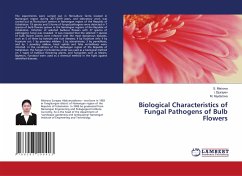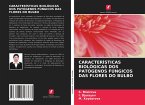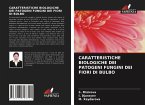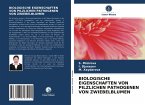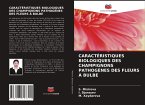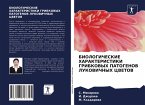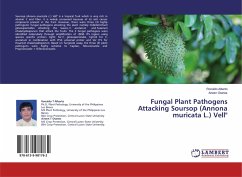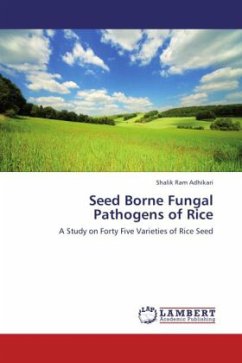The experiments were carried out in floriculture farms located in Namangan region during 2017-2019 years, and laboratory work was carried out at floriculture centers in Namangan region of the Republic of Uzbekistan. 19 species and 5 forms of fungal pathogens were detected in 7 species of bulb flowers grown in the Namangan regions of the Republic of Uzbekistan. Infection of selected bulbous flowers with 27 species of pathogenic fungi was revealed. It was revealed that the selected 7 species of bulb flower plants were infected with the most dangerous diseases, such as 5 of them by botrytis and rust diseases; 4 by Fusarium wilt; 4 by Fusarium rot; 1 by powdery mildew; 2 by scleratiniosis; 3 by penicilliosis, and by 1 powdery mildew, black aphids and false verticillioses were infected. In the conditions of the Namangan region of the Republic of Uzbekistan, the fungus Tri hoderma viride was used as a biological method on 7 types of bulbous flowering plants, and fungicides such as Maxim, Bayleton, Fundazol were used as a chemical method in the fight against identified diseases.
Bitte wählen Sie Ihr Anliegen aus.
Rechnungen
Retourenschein anfordern
Bestellstatus
Storno

